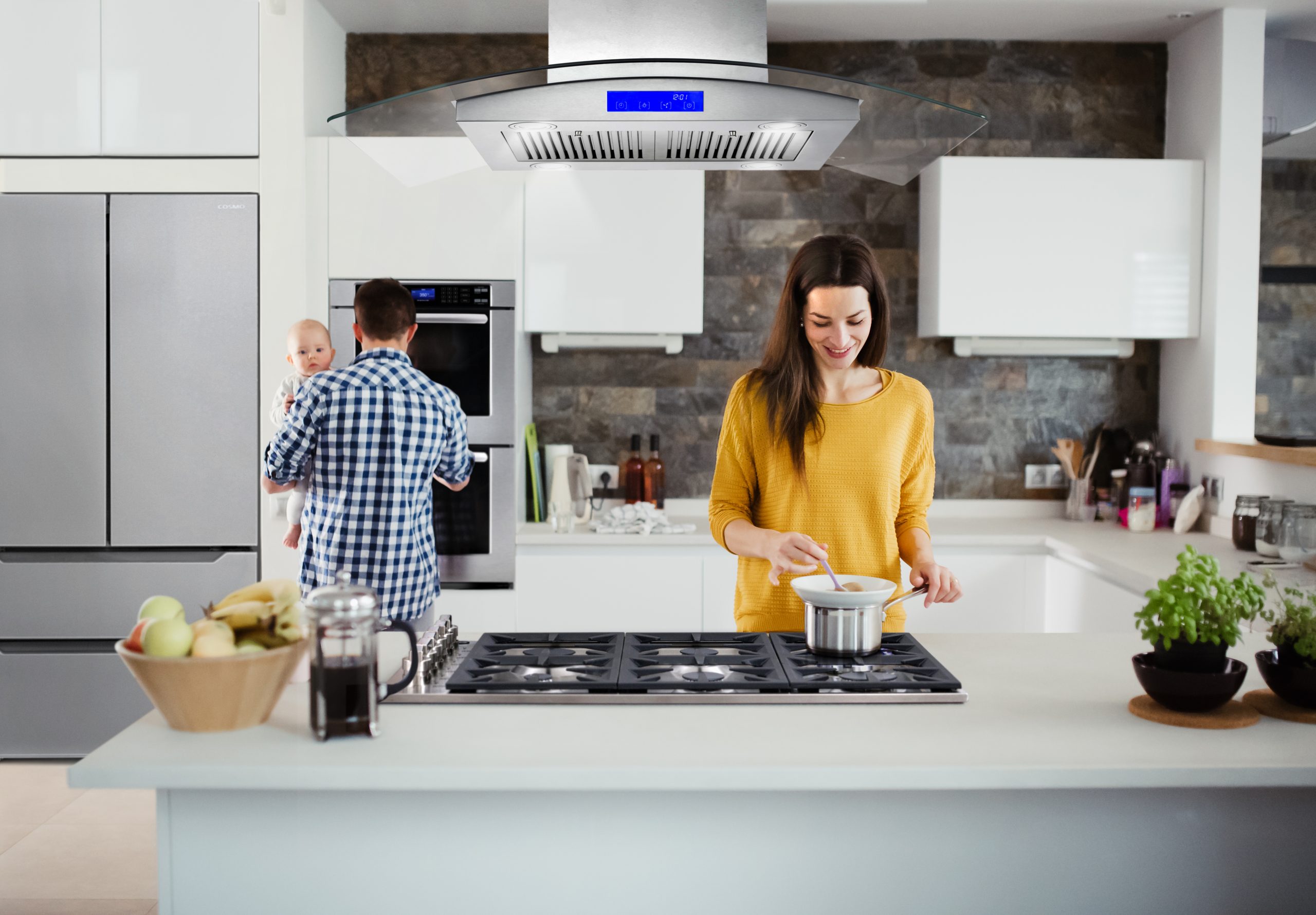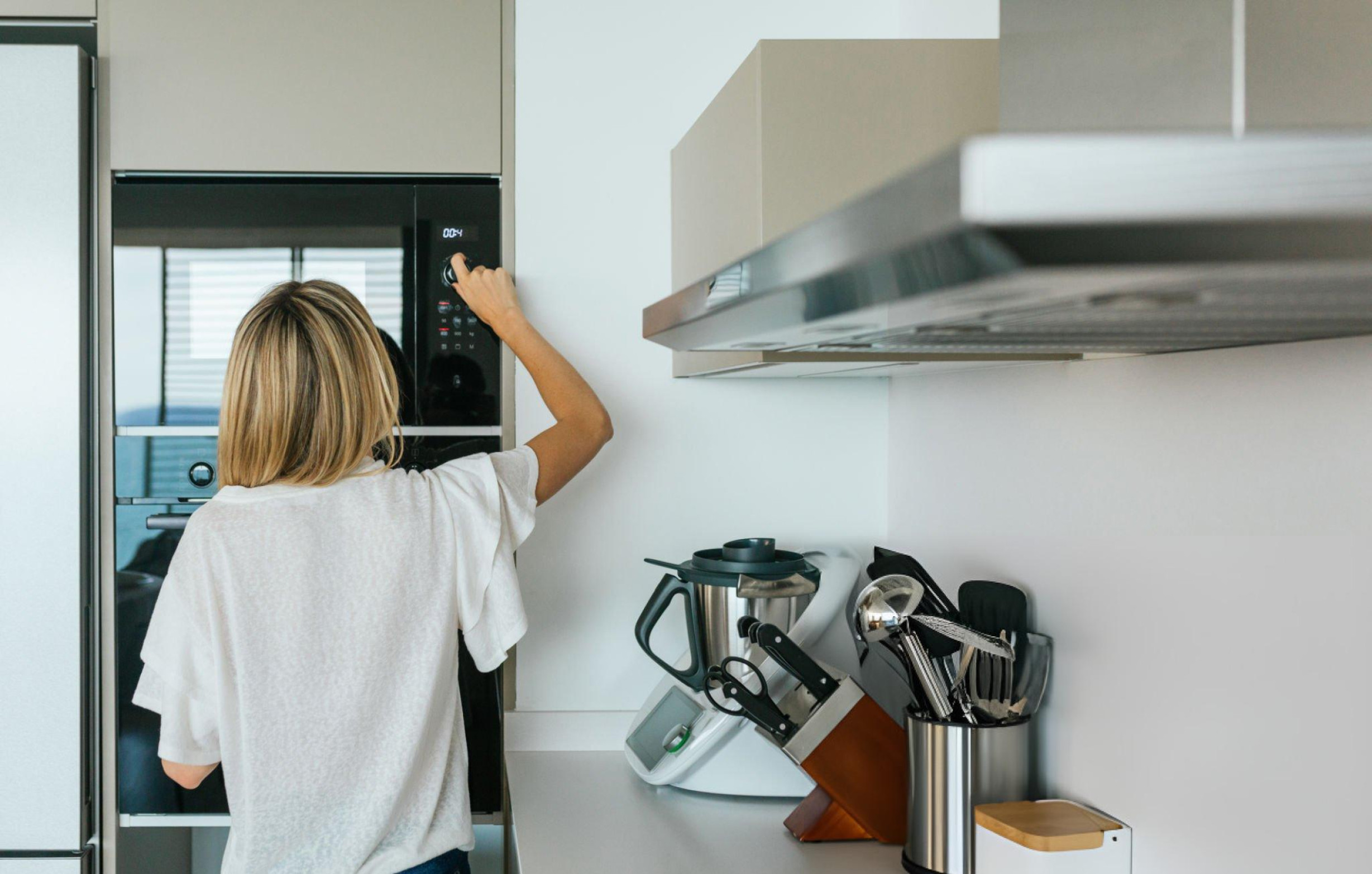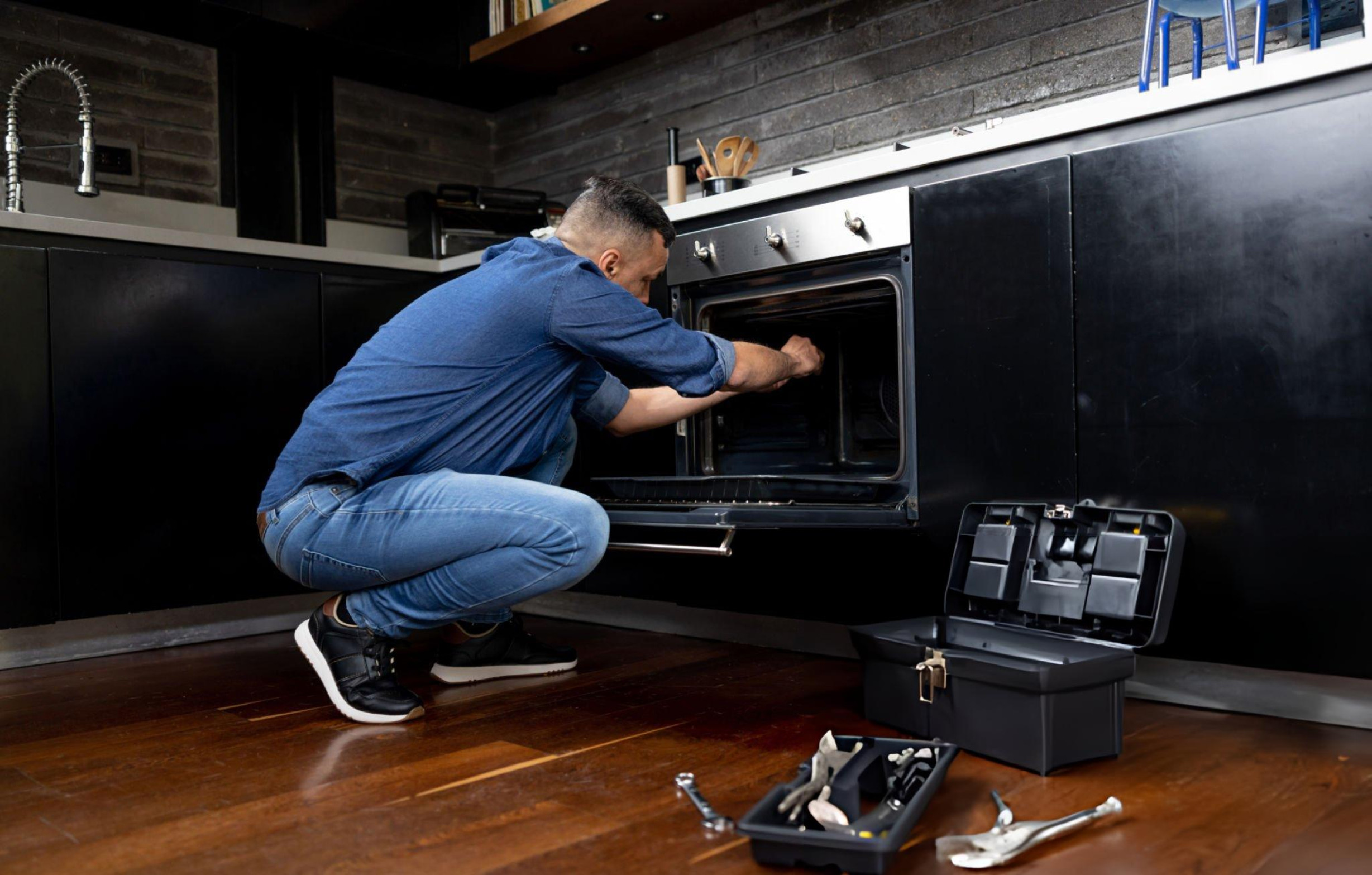The Appliances That Actually Pay for Themselves: A Smart Investment Guide
Most kitchen appliances cost money. Some cost a lot of money. But a few special appliances actually save you more than they cost over time, turning what seems like an expense into an investment that pays real dividends. Understanding which appliances fall into this category helps you make smarter purchasing decisions that benefit both your cooking experience and your bank account. The key to identifying these money-saving appliances is calculating their total cost of ownership rather than just the purchase price. When you factor in energy savings, reduced waste, avoided costs, and improved efficiency, certain appliances deliver returns that justify and eventually exceed their initial investment. Energy Star Refrigerators: The Obvious Winner Refrigerators run 24 hours a day, 365 days a year, making energy efficiency incredibly important. An ENERGY STAR certified refrigerator uses about 15% less energy than non-certified models, translating to real savings on every electric bill. The Cosmo COS-FDR225RHSS French door refrigerator carries the ENERGY STAR rating and demonstrates how modern refrigerators pay for themselves. With 22.5 cubic feet of capacity and energy-efficient LED lighting throughout, this model reduces electricity consumption while providing ample storage space. Calculate the savings by comparing your current refrigerator’s energy use to a new efficient model. If your old refrigerator uses 800 kWh annually and a new ENERGY STAR model uses 450 kWh, you save 350 kWh per year. At average electricity rates of $0.13 per kWh, that’s $45.50 saved annually. Over the refrigerator’s 15-year lifespan, you save $682.50 in electricity costs alone. Beyond energy savings, modern refrigerators like the COS-FDR225RHSS include features that reduce food waste. Better temperature control keeps food fresh longer, adjustable storage accommodates various container sizes to prevent items from being forgotten, and door alarms prevent accidental temperature rises that spoil food. The built-in ice maker eliminates the need to buy bags of ice, saving another $100-200 annually for families who use ice regularly. The soft-close door mechanism prevents incomplete closure that wastes energy, while the fingerprint-resistant finish reduces cleaning product costs over time. Convection Ovens: Faster Cooking, Lower Bills Convection ovens cook food 25-30% faster than conventional ovens while often allowing temperature reductions of 25°F. This efficiency translates directly into lower energy costs and reduced cooking time that has real value. The Cosmo COS-30ESWC single wall oven features Turbo True European Convection with 5.0 cubic feet of capacity and seven cooking functions. The convection system pays for itself through multiple mechanisms that conventional ovens cannot match. Energy savings come from reduced cooking times and lower temperature requirements. If you use your oven for 5 hours weekly, convection cooking could save 1-1.5 hours of oven operation time per week. At typical electric oven operating costs of $0.30-0.40 per hour, that’s $15-30 saved annually just in reduced cooking time. The faster cooking also has hidden value in reduced kitchen heating during summer months. Shorter oven run times mean less heat added to your home, reducing air conditioning costs during warm weather. This secondary benefit can add another $20-40 to annual savings in hot climates. Better cooking results reduce food waste from burnt or undercooked items. The even heat distribution of the COS-30ESWC’s convection system means fewer ruined dishes and more consistent results that don’t require discarding failed attempts. For serious home cooks or larger families, the Cosmo COS-30EDWC double wall oven doubles these benefits. Two independent 5.0 cubic foot ovens with convection allow you to cook multiple dishes simultaneously at different temperatures, eliminating sequential cooking that wastes time and energy. Range Hoods with Permanent Filters: Stop Buying Replacements Most range hoods use disposable filters that require replacement every 3-6 months at $20-40 per filter. Over a hood’s 15-year lifespan, you spend $600-1,200 just on filter replacements. Range hoods with permanent stainless steel filters eliminate this recurring cost entirely. The Cosmo COS-668ICS900 island range hood features ARC-FLOW permanent stainless steel filters that are dishwasher-safe and have unlimited uses. These filters effectively capture grease and cooking odors while eliminating ongoing replacement costs. Calculate the savings: If disposable filters cost $30 and require replacement three times yearly, you spend $90 annually on filters. Over 15 years, that’s $1,350 in filter costs that permanent filters eliminate completely. The island hood’s initial higher cost pays back through eliminated filter expenses within a few years. The four LED lights in the COS-668ICS900 add another layer of savings. LED bulbs last 25,000-50,000 hours compared to 1,000-2,000 hours for incandescent bulbs. With typical range hood light usage, LEDs last 10-20 years without replacement, saving $100-200 in bulb costs while using 75% less electricity. For under-cabinet installations, the Cosmo COS-KS6U series offers the same permanent filter advantages in a space-saving design. The soft touch controls and multiple fan speeds allow you to use only the ventilation power actually needed, reducing electricity consumption while maintaining effective air quality. LED Lighting Throughout: Small Investment, Big Returns LED lights use 75-80% less energy than incandescent bulbs while lasting 25-50 times longer. Replacing kitchen lighting with LEDs creates one of the fastest paybacks of any home improvement. Range hoods with LED lighting like the Cosmo COS-63ISS90 eliminate both energy costs and replacement expenses for task lighting. The four LED lights provide comprehensive illumination for cooking while using minimal electricity. Over the hood’s lifespan, LED efficiency saves $150-250 in electricity costs compared to incandescent lighting. The savings extend beyond the hood itself. When your range hood provides adequate task lighting, you can use lower-wattage ambient lighting in the kitchen, compounding the energy savings. This layered lighting approach improves both function and efficiency. LED lights also generate significantly less heat than incandescent bulbs, reducing the load on your range hood’s ventilation system and air conditioning during summer. This secondary effect adds measurable savings in warm climates or for frequent cooks. Auto Re-Ignition Gas Burners: Safety and Efficiency Gas burners with auto re-ignition technology prevent gas waste and improve safety by automatically relighting flames that are accidentally extinguished. This feature saves money while providing peace of mind that traditional burners cannot match. The Cosmo COS-GRP366



